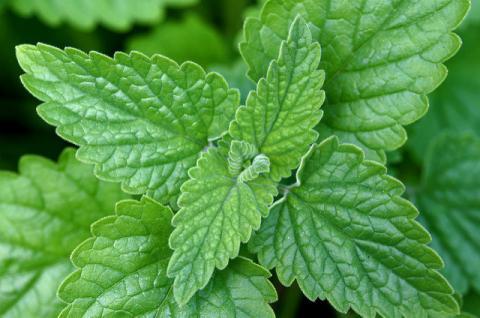
In a society plagued by overstimulation, all we want is a moment to relax. And while there are some go-to’s, like a glass of wine or a cookie (or two), they come with some side effects. Nothing like a headache or a sugar crash to ruin your Monday night zen.
That’s where a certain herb comes in. (No, not that one.)
It’s widely known that cats get purr-crazy with a little green plant called catnip. An essential oil called nepetalactone stimulates sensory neurons, prompting them to rub on furniture and roll happily on the carpet. However, that reaction is caused by the scent of catnip. When it’s eaten, it actually has a mellowing effect.
Fortunately, it’s not just for felines. Catnip is a member of the mint family, officially known as Nepeta cataria. People have long sipped on peppermint tea for calming effects, so steeping some catnip is a natural progression.
Catnip has a host of natural properties that make it good for health: it’s an antispasmodic diaphoretic. Say what? In simpler terms, it’s been shown to help relieve stomach issues and flatulence, as well as promoting perspiration for relief from colds and fevers. Stomachaches and stress? Step right up.
There are three ways to introduce this herb into your life.
Make catnip tea. The dried leaves make for an easy tea when nestled in a teabag or brewed loose-leaf.
Try an herbal tincture. Just a couple drops of the oil can relax you almost immediately. Squeeze the dropper onto your hand, a spoon, or right onto your tongue. It tingles at first, but that can add to the intrigue.
Grow it yourself. The Nepeta family is generally low-maintenance and fit for a home garden. Catnip grows well in sun and shade, with a low-to-medium amount of water.
As with any herbal remedy, check first to determine any possible side effects or medication interactions before using.
Photo Credit: "Catnip" by liz west is licensed under CC BY 2.0








